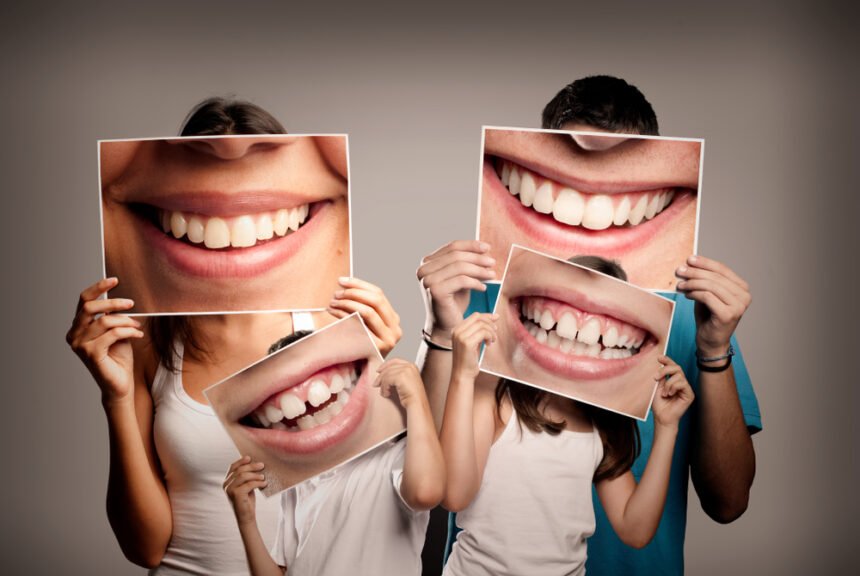Many people prefer not to visit the dentist for a number of reasons. The apprehension may be triggered by past unpleasant and painful experiences they had at the dental office. For some people having a stranger move around their mouths, is very uncomfortable. Technology has sought to reduce these inconveniences for the betterment of dentists and patients alike.
The progression of the world has been greatly influenced by technology. With it continuous evolution, there have major changes in all facets of life, because of the innovation of technology.
The dental field and all its associated subdivisions are a part of this extensive technological advancement. With fresh technological findings come advances that significantly move dentistry into the future.
There are always naysayers who refute the benefits of technology in our lives, but most people hopefully anticipate a favorable future where dental problems will be behind us.
In recent times, the dental field has seen great advancements. These innovations have been incorporated into modern medicine in general because of equipment and tools that give dental practitioners the ability to achieve oral sedation, do better imaging, and access to various parts of the body that they weren’t previously able to.
In our discussions with renowned dentist Dr. Ong, we have discovered how technology has shaped dentistry’s future.
Dental visits are now easier and more enjoyable thanks to technological advances. Up-to-date technological changes have transformed the way people feel about dental visits, just as it has altered modern houses, places of work, and even our interactions. Dental practitioners are able to upgrade some of the most problematic procedures of dentistry by making it simpler with technology.
With digital technology we see a clear leap in dentistry with digital dentures. In the years to come, we could be seeing a lot more digital dentures. In years gone, the only way to create dentures was over a period of time. Patients who wanted them were forced to make numerous trips to the dental office for impressions. This was a tiresome process to say the least and sometimes required the dentist to do trial and error for the correct fit.
New technologies that enable dental technicians to generate new dentures from material discs in a rapid timeframe have changed the game. They are known as Computer-aided design (CAD) and computer-aided manufacturing (CAM). In just a few steps, you can get an entire prosthesis generated.
Dental implants are widely used in the dental field to restore patient’s teeth. These dental implants allow dentists to repair teeth that would have been lost to decay. An imitation tooth or crown is placed on the dental implant, which gives the look of real teeth.
Modern dentistry uses plastic drill guides for installing dental implants, but recent innovations have caused a shift. With upgraded technological advancements, a computerized directional software package delivers sensory information and clamps the drill in place.
The advent of 3D printing has thoroughly transformed the world because users can now produce whatever physical design they would like. This comes, as news is good for dentists all over the world, because they can now generate prostheses and dentures with the exactitude of a laser. The best part about the advancement is that they wouldn’t have to leave their own practice.
Making dental appointments will also look differently in the future as teledentistry is becoming more popular. Teledentistry gives you the ability to access dental care through electronic communication channels. This is a beneficial improvement particularly for people in out-of-the-way or areas who require urgent dental services.
There are also upgrades made to the lasers used in dentistry. In the dental profession, dentists use different types of lasers for detecting and fixing dental problems. For instance, the diode laser is a more efficient way of identifying and extracting cavities.
The use of lasers gives dental health practitioners, the ease of performing intricate procedures that require a high level of precision. They often use them to reshape gums and get rid of bacteria when doing root canal procedures. They also use them to remove small pieces of tissue for biopsy purposes, or to perform quick teeth-whitening jobs.
When it comes to preventative care, smart toothbrushes have become invaluable tools. Dentists can also give advice to their patients about tools they can use to keep their teeth at home. There are a number of innovations on the market to assist people with having good oral care in the comfort of their homes. There are even updated models that play games to retain the attention of children and assist them with learning good dental hygiene habits.
In conclusion
With the help of improvements in dental technology, patients have much less reason to dislike trips to dental offices. Everyone should make good use of the tools available.
Dentists can now readily examine patients at appointments and accurately suggest a course of treatment. In times to come, these treatments will become more efficient and be performed with technical precision.

